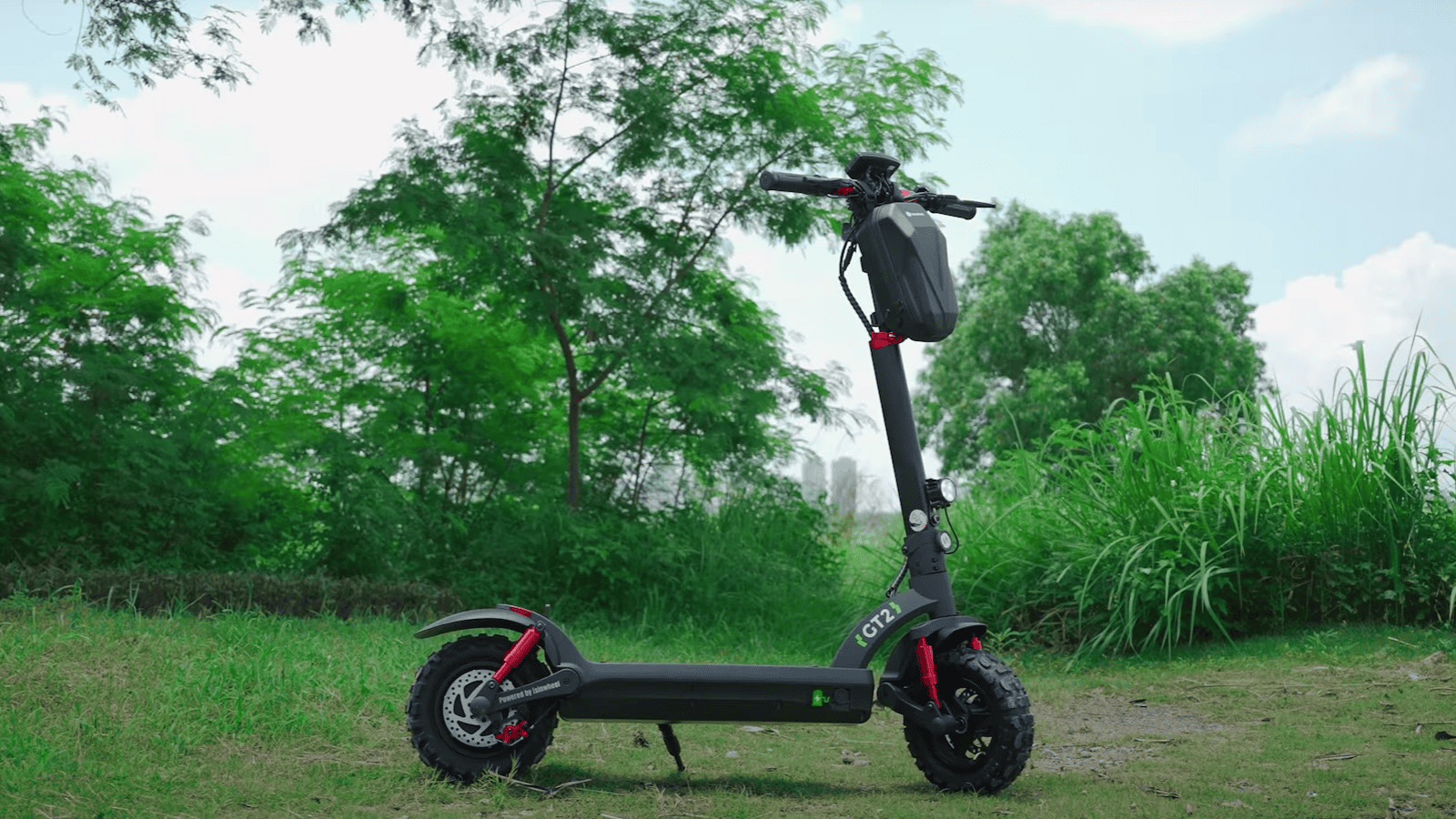Global Growth Driven by Steel
In today’s interconnected world, many manufacturers are no longer confined by national borders when it comes to construction. Importing steel manufacturing buildings has become a practical, cost-effective solution for industries aiming to expand production capacity quickly. These pre-engineered structures are designed overseas—often in established steel fabrication hubs like China—and shipped worldwide as ready-to-assemble kits. For investors, it’s a shortcut to achieving high-quality industrial infrastructure without the delays and high costs of traditional local construction.
Why Importing Makes Sense
One of the main attractions of imported steel buildings is cost efficiency. Global suppliers benefit from automated production lines and bulk steel sourcing, allowing them to offer highly competitive prices. In many cases, companies save 25–40% compared to domestic construction.
Beyond pricing, customization is a major advantage. Every imported building can be engineered according to specific needs—whether it’s a machinery plant, automotive assembly line, or packaging facility. Clear-span designs, crane systems, or mezzanine floors can all be integrated into the plan before shipment.
Take for instance a logistics company in Ghana that imported a 60×120-meter manufacturing building. The entire steel structure, including roof panels and bolts, arrived in containers ready for assembly. Within six months, the facility was fully operational—a fraction of the time required for conventional construction.
From Blueprint to Installation
The process of importing a steel manufacturing building usually starts with design consultation. Clients share layout drawings, equipment locations, and functional requirements. The supplier then develops detailed 3D models and shop drawings for approval.
Once confirmed, the fabrication begins. Every beam, column, and purlin is precision-cut and drilled in the factory, labeled, and treated with anti-corrosion paint or galvanization. The components are then packed and shipped, often under FOB or CIF terms. Upon arrival, local contractors handle erection—aligning anchor bolts, lifting the steel frames, and completing roof and wall cladding. The modular nature of the design ensures rapid assembly with minimal welding or cutting on site.
Built to International Standards
Imported steel buildings comply with global engineering standards such as AISC, ASCE, and Eurocode. Manufacturers typically perform third-party inspections through SGS or BV before shipping to ensure all components meet design loads and coating requirements. This quality assurance gives confidence that the structure will perform safely under local wind, snow, and seismic conditions.
Overcoming Common Challenges
Importing a large industrial building involves coordination across borders. One common challenge is ensuring design adaptation to local codes—especially for foundations or crane loads. Reliable suppliers collaborate with local engineers to make adjustments before final approval.
Another challenge lies in logistics. Oversized frames may require break-bulk shipping or disassembly into smaller parts. A professional logistics team ensures each component arrives intact and ready for quick installation.
A Smart Investment for the Future
For many companies, importing a steel manufacturing building is not just about cost—it’s about scalability and speed. Steel structures are inherently flexible; bays can be extended, mezzanines added, and wall panels replaced with minimal downtime.
Sustainability also plays a key role. Steel is 100% recyclable, and modern imported buildings often incorporate energy-efficient insulation, natural ventilation, and solar-ready roofing—helping industries lower operational costs and carbon emissions.
Final Thoughts
Importing a steel manufacturing building merges global engineering expertise with local development. It allows industries—from food processing to automotive—to expand faster, smarter, and more sustainably. Whether you’re building a new factory in Africa, South America, or Southeast Asia, an imported steel structure delivers the perfect balance between quality, efficiency, and long-term value—proof that industrial innovation now travels as easily as trade itself.












